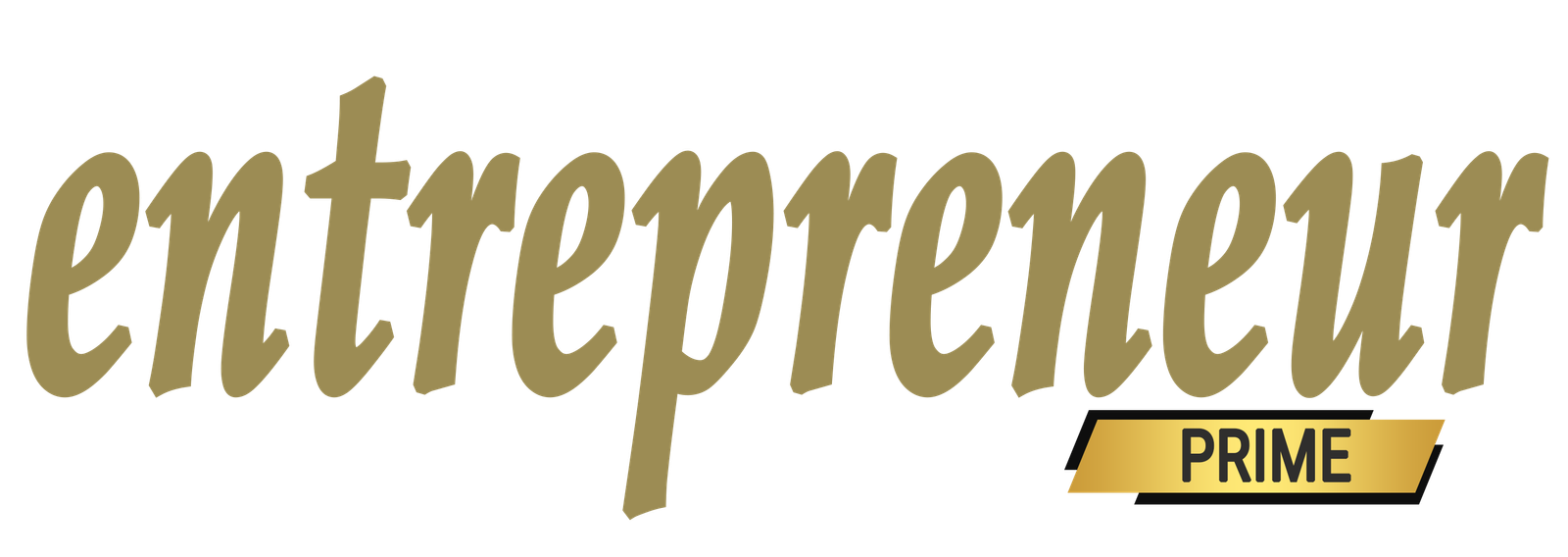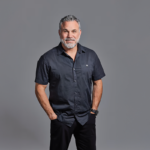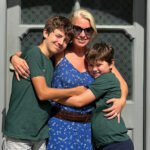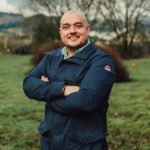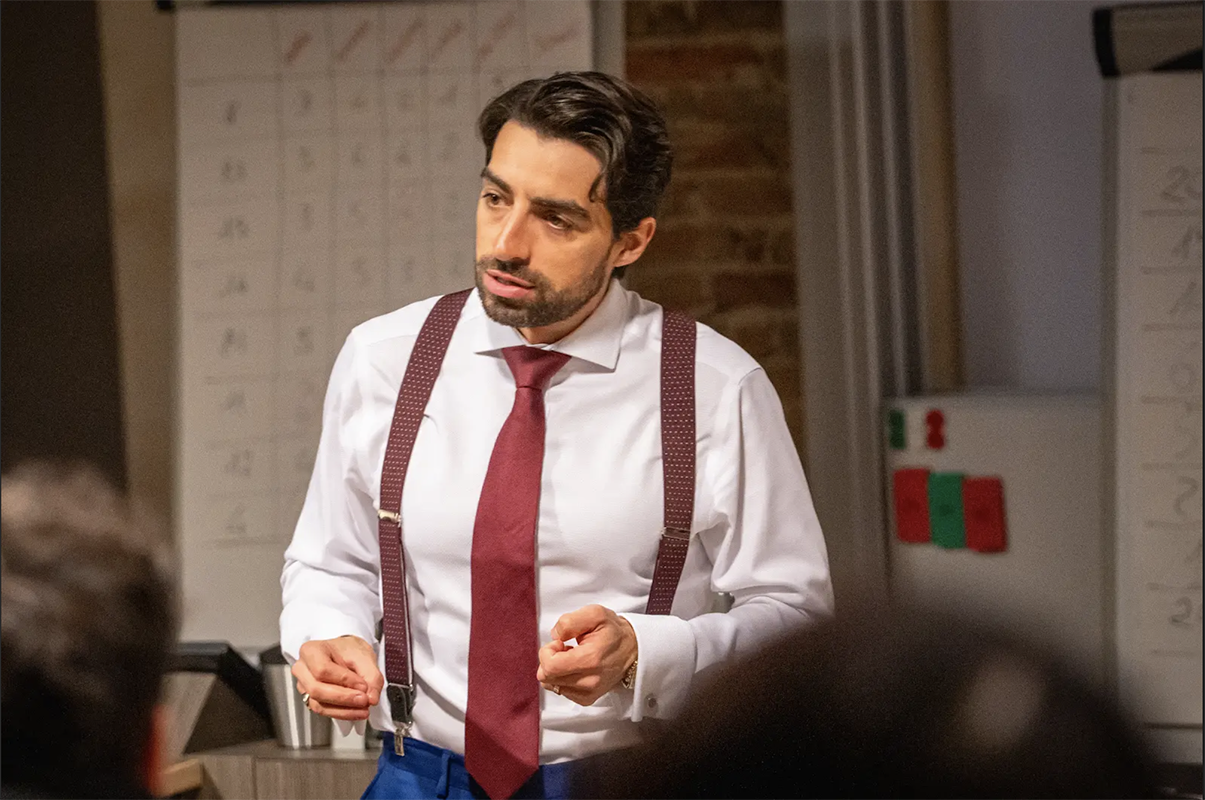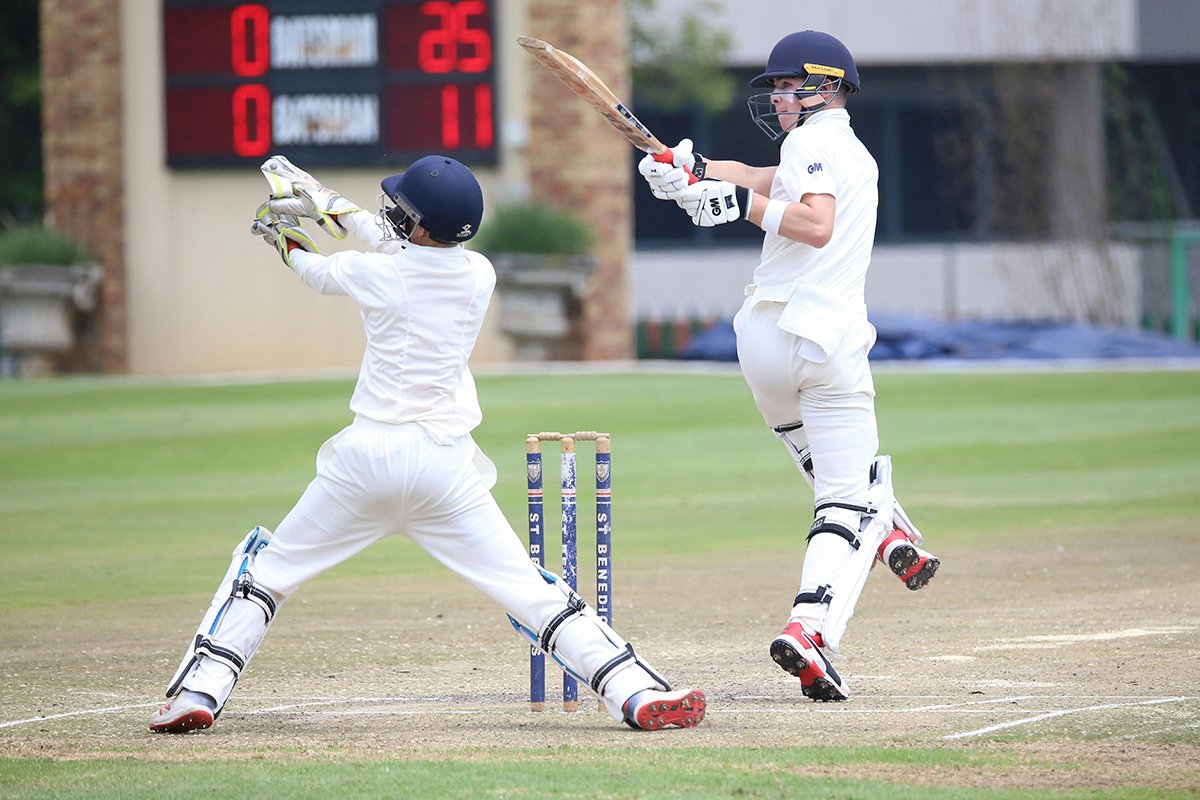A Conversation with Ramon Gras Alomà
“Ramon Gras Alomà, urban visionary and co-founder of Aretian, blends academia and entrepreneurship to reshape urban landscapes. Their groundbreaking methodologies promise transformative impact in sustainable urban design.”
In the bustling landscape of urban development, where innovation meets the timeless challenge of sustainable design, one name stands out: Ramon Gras Alomà. An architect of urban futures, Ramon’s journey is a testament to the power of interdisciplinary vision and unwavering dedication to reshaping our cities for the better.
Ramon Gras Alomà, adorned with degrees from BarcelonaTech, MIT, and Harvard, embodies a rare fusion of academia and entrepreneurship. As a City Science and Urban Design researcher at Harvard and the Co-founder of Aretian Urban Analytics and Design, his work transcends conventional boundaries, delving into the intricate nexus of technology, economics, and human flourishing within urban environments.
In his recent endeavour, “City Science: Performance Follows Form,” Ramon offers a compelling narrative of urban dynamics, unpacking the hidden causal mechanisms that underpin the success or failure of cities in an era marked by technological revolution. This pioneering work serves as a beacon guiding urban planners, policymakers, and architects toward more informed, sustainable practices.
In our exclusive interview with Ramon Gras Alomà for Entrepreneur Prime magazine, we delve into the genesis of his entrepreneurial journey and the challenges encountered along the way. From the inception of Aretian to the validation of their ground-breaking methodologies, Ramon shares insights into the intricate dance between innovation and pragmatism in the realm of urban design.
Reflecting on the inception of Aretian, Ramon unveils a journey fuelled by a relentless pursuit of understanding urban complexities. His collaboration with Jeremy Burke birthed a methodology grounded in evidence-based complex systems, offering a novel lens to measure and evaluate urban success. Through empirical validation and accolades from prestigious institutions, Aretian swiftly garnered recognition, laying the foundation for transformative impact.
At the heart of Ramon’s vision lies a profound commitment to societal well-being, encapsulated in Aretian’s unique approach. With a diverse team of trailblazers and a steadfast focus on addressing critical urban challenges, Aretian stands as a beacon of innovation in the urban development landscape.
For aspiring entrepreneurs, Ramon offers sage advice rooted in the primacy of people and purpose. With a keen eye on the horizon, Aretian is poised to unveil its latest endeavour: a three-dimensional City Digital Twin. This revolutionary tool promises to revolutionize urban development, offering a scalable solution to navigate the complexities of modern cities.
As we navigate the urban tapestry of the future, Ramon Gras Alomà and Aretian Urban Analytics and Design emerge as guiding lights, illuminating a path towards sustainable, vibrant cities. Join us as we embark on a journey through the corridors of innovation and reimagine the cities of tomorrow, one visionary step at a time.
What inspired you to start your business?
In the Spring of 2018, I graduated from Harvard with a thesis on city science and urban design, aiming to inform sustainable development best practices in the face of the technology revolution driven by AI, automation, and robotics. The goal was to understand the deep, nontrivial causal mechanisms behind the success or failure of different cities and urban environments in order to create sustained prosperity cycles whilst raising the standard of living of citizens, in a context of high uncertainty in the global economy. My fellow co-founder Jeremy Burke and I worked together on designing an evidence-based complex systems methodology to model in a visual and mathematical way cities, urban environments, and architectural spaces, hence allowing us to measure and evaluate their success by means of Key Performance Metrics, illuminating structural and global patterns, and extracting insights to inform successful urban design and economic development strategies tailored for each society, context, and moment. We empirically validated a series core hypotheses by modeling first the US territory, then the World, thus allowing for creating a new model able to provide highly valuable recommendations and inform decision-making when addressing complex urban challenges worldwide.
What challenges did you find at the beginning of your journey and how did you overcome them?
We designed a new methodology (city science) for a early stage, nascent industry (city digital twins) in a new sector (smart cities), with a new team, so the first challenge was to prove the applicability of the new solution, and its ability to illustrate causal mechanisms, and to provide highly valuable insights that can raise the quality of decision making in urban design, architecture, civil engineering, economic development and real estate-related projects. The market tends to be sceptical about new solutions, and rather conservative. Thankfully, the more talented and brilliant our potential customers are, the more they understand and visualize the value of our contributions. A series of academic publications, and white paper reports, such as the Atlas of Innovation Districts, published in 2019 and announced by MIT Technology Review, provided visibility to our methods and grounded their scientific credibility. Happily, our team and projects received some awards from the Harvard Graduate School of Design (Excellence in Design Award), Harvard Office for Sustainability, BostInno, and the CogX / British academy for AI (Sustainable Cities and Communities Award), among others, as well as an interview at the Harvard Magazine contributed to disseminate the knowledge advances achieved by embracing this new methodology, and that helped us get our first clients in Boston, New York, and abroad.
How did you get the idea for your business and why did you think it would work?
We identified in our own professional practice in architecture, civil engineering and urban design a methodological gap that was hindering the ability for urban designers and city planners to address a series of key questions, such as how to address the needs of a specific community, and align aesthetics, functionality, and sustainability to create attractive and thriving communities. We drew inspiration from prior authors that we admire like Louis Durand, Ildefons Cerdà, Geoffrey West, Évariste Galois, Euler, or Eratosthenes, and their intuitions helped us conceive our core hypothesis, assumptions, and a vision of how the urban form, economic systems, and social dynamics can be modeled to describe mathematically how cities operative and what are the key ingredients and dynamics behind the success, economic dynamism, appeal, attractiveness and desirability of any human settlement around the globe. After endless brainstorming sessions and modeling efforts, the city science model was very robust, and provided us with the types of answers we wanted to address.
What kind of research did you do before you started?
We developed a thorough market research study to understand the needs of our potential client base across sectors such as urban design, city planning, economic development policymaking, real estate, and finance sectors: there really was an urgent need for more sophisticated ways of informing decision making processes for critical urban development projects . Besides, our work on urban innovation communities through the Atlas of Innovation Districts and rural development needs such as the Aretian Agritechnology Campuses helped us ascertain the challenges that public administration and private investors constantly face when facing development challenges.
What motivates you to keep going? What makes your business unique?
The vision and methodology that we have designed is grounded on a fertile land and we continually advance our methods and solutions. We have a fantastic team, composed of highly talented, motivated and principled professionals, and we constantly strive for pushing the boundaries of the frontier of knowledge, aiming to provide a social service that can potentially have an immense impact on the quality of life, personal, and professional prospects of citizens worldwide. Such a compelling challenge is highly stimulating, and keeps a cohesive team and strengthens a shared ethos.
What advice would you give to someone who is trying to become an entrepreneur?
I would encourage them to primarily focus on the people, the team, and the social challenge they are addressing. A healthy, supportive work environment is critical for the success of any company, and the wellbeing of its employees.
What plans do you have for the future?
We are completing the design of a three-dimensional City Digital Twin, including a user-friendly web-based interface, that allows for addressing critical urban development challenges (urban design, smart specialization, innovation and talent development, mobility and logistics, housing and space programming) by performing four types of analyses: (1) highly detailed territorial SWOT diagnostics, (2) goal identification, (3) scenario planning and simulation, and (4) specific recommendations. The scalability of the solution is universal, and we think this new model can help address complex urban challenges at multiple scales, align the incentives of multiple stakeholders, and contribute to raise the quality of urban design practices around the globe.
